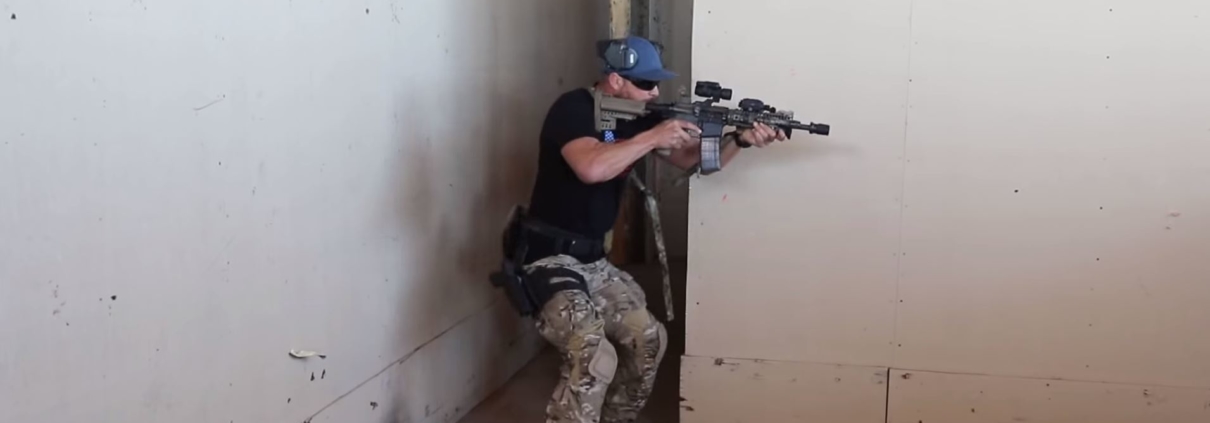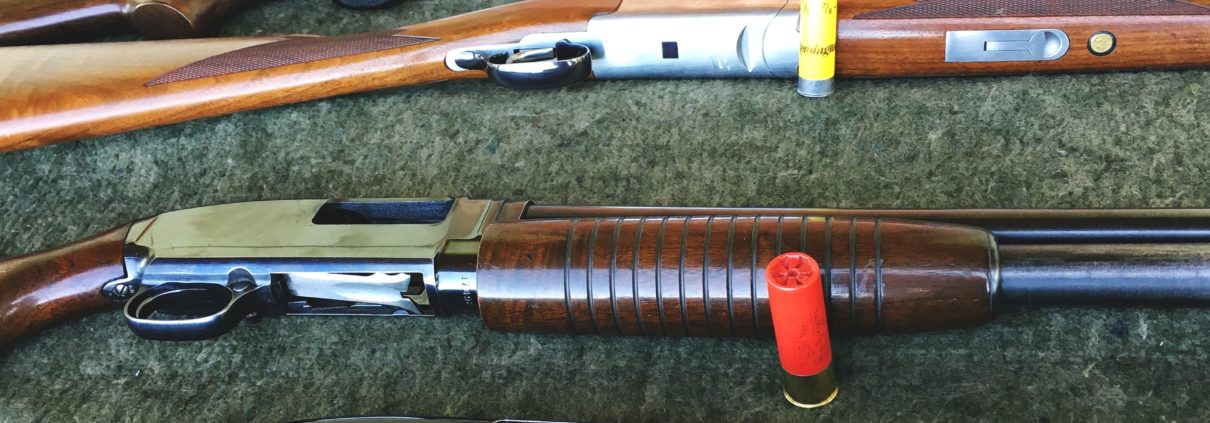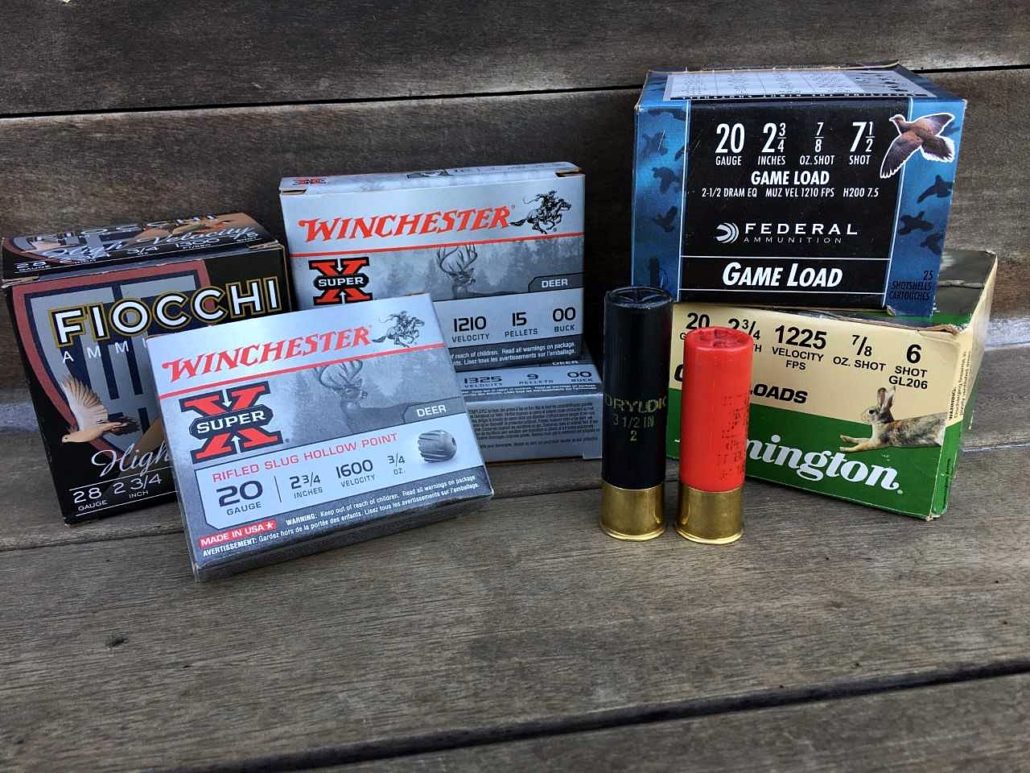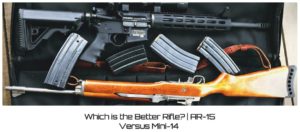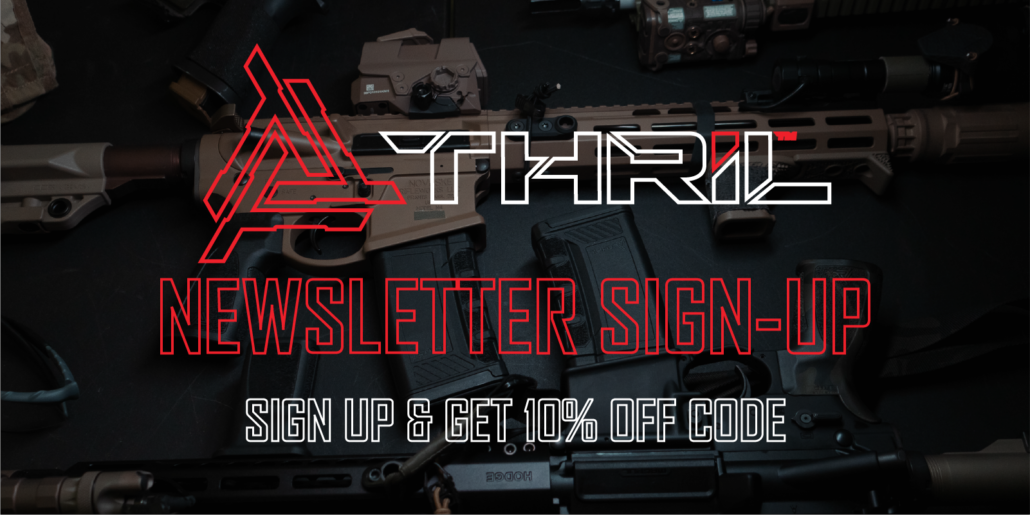How to Clear A Room in Close Quarters Combat
In this video, Jason covers a technique for maintaining balance while crossing the threshold into a room, during CQB. If you are watching this video because you want to learn “Close Quarters Battle”… Well, then you are in the wrong place, because we won’t share tactics that the enemy can use against our warfighters overseas. If you want to learn tactics, come and sign up for a class.
That said, we are all about covering all the fine details, and this week, we are going to get into a few Close Quarters Combat (CQC) tips and techniques. CQC is practiced over the course of all Special Forces careers and endless hours are spent honing these skills as it is sometimes considered the “bread and butter” of the trade.
First, and foremost, operators have to master the fundamentals of marksmanship. That sounds simple enough… sight alignment, rotation of the selector lever, trigger squeeze, follow through; easy right? Yes and no. Yes, these skills are easy to do on a flat range with a coach telling you what drills to run. Harder, when you have a three-dimensional battle field, such as a building, and it is filled with combatants (bad guys) and non-combatants, such as women, children, dogs. So, mastery of the fundamentals is important, so that the operator has pushed these fundamentals into his subconscious mind. This takes thousands of repetitions of the same drills. He no longer must think about sight alignment and trigger squeeze, because his subconscious mind is dealing with them. That frees up his conscious mind to focus on “Is it a Threat? Is it NOT a Threat? Is it a Threat that warrants Deadly Force?” Now, shooting subconsciously? That doesn’t sound safe, does it? However, it is extremely safe, as the subconscious mind actually works faster than the conscious mind. Think of it as driving a car. Then you first learned how to drive, you had to think about it. Coming up on a stop sign; you would think to move your right foot from the gas to the brake. Apply the directional signal. Look Left. Look Right. Then, look Left again. Then, apply the gas. Fast forward to today, where you have literally driven thousands of times, and you no longer must think about doing these things. You are now driving subconsciously. This frees up the conscious mind to watch for traffic, listen to the radio, watch for that green light turning yellow, or spot that bouncing ball coming out into the street with the running child behind it.
Once operators have mastered the fundamental of marksmanship, they then enter into the world of tactics; in this case, the fundamentals of Close Quarters Battle; Surprise, Speed, and Violence of Action. Each of these is a huge can of worms that each operator must again master. Different shaped rooms get taken different ways. Stairs and hallways are different also. Now, add flashbang grenades, mechanical & explosive breaching, low & no-light procedures; and you can see this is not as easy and they make it out to be in Hollywood.
Operators work tirelessly to perfect this craft and breakdown each phase of an assault as to increase their performance from one kinetic operation to the next. In this video, former Navy SEAL Jason Phalin shows us a simple technique to optimize efficiency of movement into a space. Although it may seem like common sense, even the entry through a doorway is thought about and practiced. The way in which an operator initially enters a space is just as important as their action within. An operator has to be on balance through all phases of an entry in order to take a well-placed shot regardless of target position. A simple calculation of foot placement and entry procedures can be the difference between a well-aimed and balanced shot and a miss.
Jason approaches the open doorway and pivots into the room to engage any “threats” in the blind corner. Easy enough? Yes, but again, we are talking about mastering the art of CQB. So, if we can shave tenths of a second while turning the corner, that’s tenths of a second saved engaging the target. While that might only be the difference between First and Third in a USPSA pistol competition; here, we are talking about the difference between whether you pull the trigger first or whether the bad guy(s) pulls the trigger first. That is life or death here. So, we break each portion of each task down. For today, we are just talking about the “foot work” of breaking the corner.
This “footwork” starts as Jason was approaching the doorway. He has identified that it is a corner-fed room (doorway in the corner of the wall), and he has already decided that he will turn left, to the blind corner. As he continues to approach the doorway, he will adjust his gait so that his “inside foot” (the one which he will pivot on) will be timed to be the final step when he arrives at the door. This takes practice, but once mastered is as easy as a short last-minute shuffle of the feet. Upon arrival at the doorway, that last step, Jason plants ever so slightly into the room. This allows him to pivot quickly while maintaining balance, as he enters the room. A balanced body is a stable body, and a stable body makes for a more accurate shooting platform. Remember, he is not stopping there; he has to keep moving out of the “Fatal Funnel” to allow the rest of his team to enter.
The technique shown in this video is a testament to the detail with which Green Berets and SEALs practice their trade. So, listen up! This video will forever change the way that you enter a room and may you never be off balance again.
Now, one more time, if you want to learn CQB, sign up for a class with the Tactical Rifleman team. However, if you really want some great entertainment; go down and read all the comments under this video in the “Comments” section. Judging from some of the suggestions from the “Tactical Experts” that I’ve been reading in this comments section; I pray to God that all of our Enemy and Bad Guys are reading and listening to these suggestions. Gents, I want to answer SO MANY of these messed up comments, but we decided years ago that we would NOT discuss Tactics on Tactical Rifleman, only tips and techniques. The focus of this video is Jason talking about better “Foot Work” for assaulters that already have a basic understanding of CQB. It is NOT to teach viewers how to clear a corner-fed room. If you want to learn CQB, please come take a class; but we are not going to do this over the open internet. Thanks for watching,
Strength & Honor, TR
For more go to http://www.tacticalrifleman.com/ and Follow TR on Twitter-http://bit.ly/TACrman

